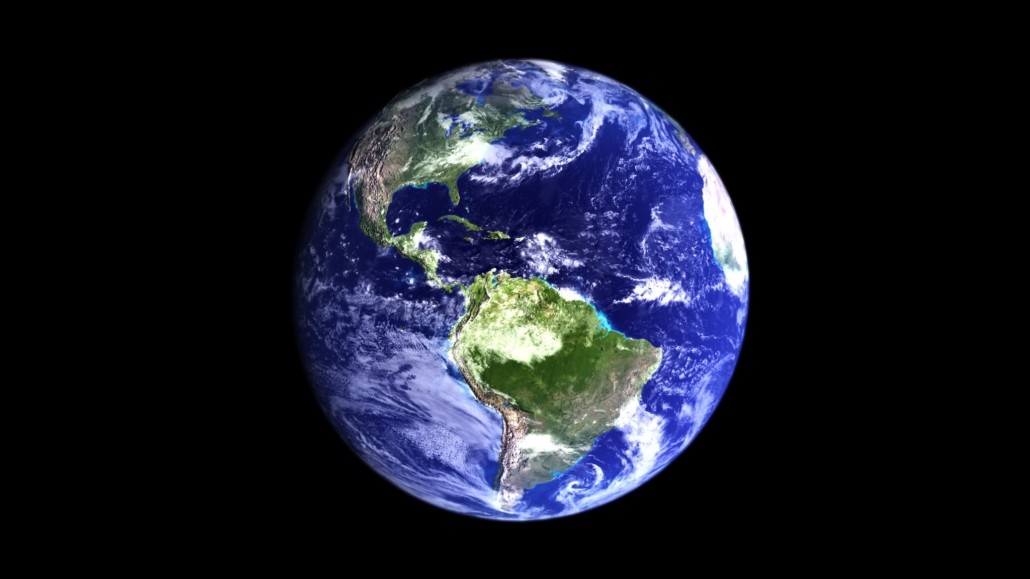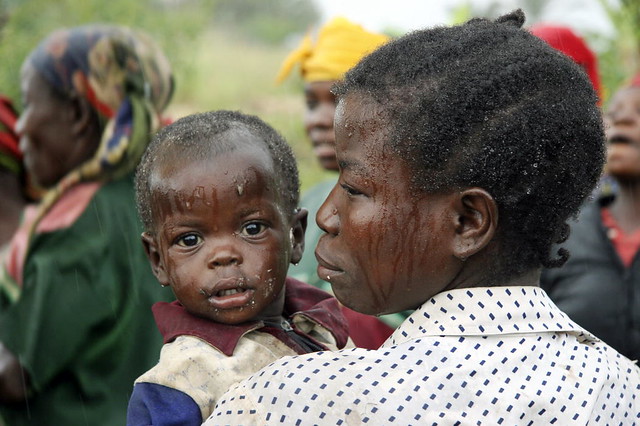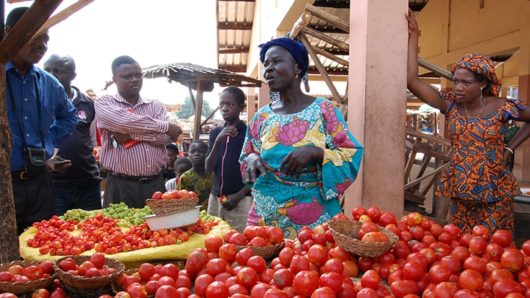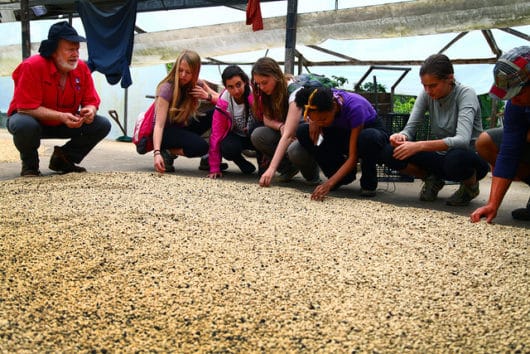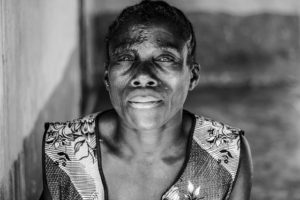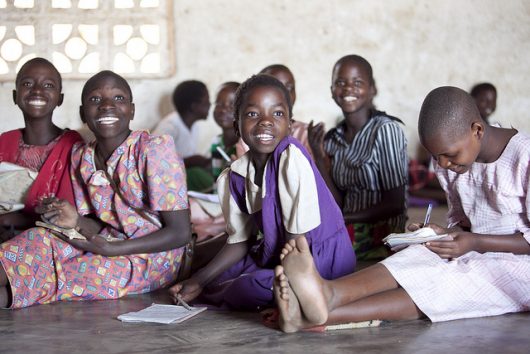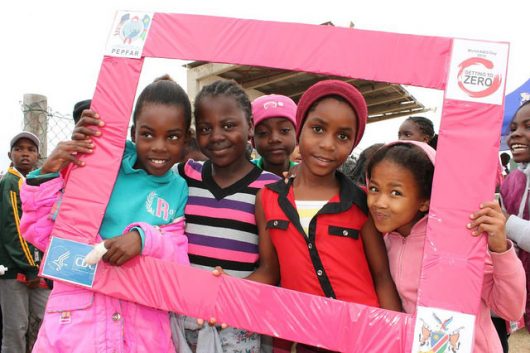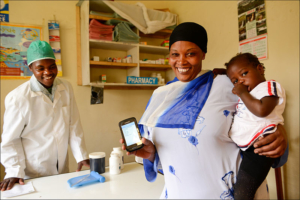
In 1997, thousands of people in low-income, developing countries died every day from treatable diseases because they could not pay the high price pharmaceuticals charged for medicine. Today in these same regions, millions are receiving treatment and mortality rates have dropped dramatically as drugmakers around the world are providing affordable medicine in developing countries.
Pharmaceuticals in the Past
In 1997, AIDS was killing thousands of Africans each day. In the same year, people with AIDS in the U.S. were enjoying greater life expectancy and quality of life, with AIDS-related deaths dropping by 42 percent thanks to the use of anti-HIV drugs. With a $12,000 per patient per year price tag and strict patent laws forbidding the purchase of generic types, these life-saving drugs were inaccessible to millions of AIDS victims in developing countries. Unwilling to lower their prices, the pharmaceutical industry looked on while thousands of people died with treatment just beyond their reach.
Refusing to sit by as its people died every day while a treatment existed, South Africa legalized the suspension of drug patents in 1998, making it possible for South Africans to purchase generic anti-HIV drugs at affordable prices. Thirty-nine top pharmaceutical companies promptly engaged South Africa in a lawsuit, attempting to keep them from accessing HIV drugs at a reduced cost for fear that other countries would follow and the industry would miss out on profits.
The pharmaceuticals soon dropped the lawsuit when the international community received word that drug companies were keeping poor and dying people required medicines. However, drug prices remained inaccessibly high.
Finally, a turning point came in 2001 when Indian drug-maker Cipla shocked the international pharmaceutical industry by announcing its plan to sell anti-HIV drugs directly to poor nations and to Doctors Without Borders for only $350 per patient per year (less than $1 a day). Cipla’s offer exposed the huge markups pharmaceutical companies were profiting from, prompting several major drug-makers to lower their prices and make drugs more accessible to developing countries.
Pharmaceuticals Today
Today, the pharmaceutical industry’s attitude and approach toward providing affordable medicine in developing countries have greatly shifted. The Access to Medicine Foundation shares that nearly all major drug companies have goals for addressing access to medicine now, while many have pioneered innovative ways to reduce costs and create medicines and vaccines for low- and middle-income countries (LMICs). In the past 10 years, drug makers have doubled the number of medicines they are developing for LMICs.
Nine companies that own patents for HIV/AIDS treatment now use their IP rights flexibly to allow LMICs to import and purchase generic supplies. As a result, over 14 million Africans are now on HIV drugs, and AIDS-related deaths dropped drastically by nearly 40 percent over the past 10 years.
Seven drug companies have made efforts to include the poorest populations in their customer base, focusing on products for diabetes, heart disease and other NCDs which are a rising problem in the developing world. In 2017, the leading drug maker, Pfizer, partnered with Cipla to sell chemotherapy drugs to African countries at prices just above their own manufacturing cost, selling some pills for as little as 50 cents.
Several leading pharmaceuticals now partner with generics to produce affordable drugs for Africa, Asia and Latin America, and a fair price strategy now covers 49 percent of products. Thanks to the improvements in the pharmaceutical industry, hundreds of thousands of people now have access to affordable medicine in developing countries.
– Sarah Musick
Photo: Wikimedia Commons
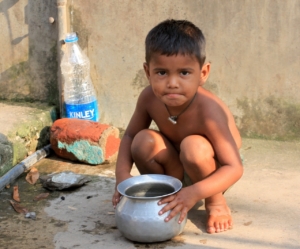 Clean drinking water is a necessity that many in developed countries rarely ponder about. Yet, for more than 780 million people around the world, clean drinking water is a luxury that is difficult to access. Because of this widespread lack of clean water, more than 3.4 million people die every year from causes related to poor water and sanitation. Nevertheless, there are many nonprofit organizations that have made it their mission to address this global clean water crisis. Here are five nonprofits that provide clean water to the world.
Clean drinking water is a necessity that many in developed countries rarely ponder about. Yet, for more than 780 million people around the world, clean drinking water is a luxury that is difficult to access. Because of this widespread lack of clean water, more than 3.4 million people die every year from causes related to poor water and sanitation. Nevertheless, there are many nonprofit organizations that have made it their mission to address this global clean water crisis. Here are five nonprofits that provide clean water to the world. Many countries in Africa are still experiencing problems with disease, poverty and starvation. However, many people and organizations with the tools to help, have reached out to lend a hand. Even large American corporations such as Coca-Cola and Chevron are doing what they can to help. These companies see an opportunity to help struggling nations, that opportunity being that if these companies’ efforts succeed then Africans will no longer need to worry about these particular issues again, and could potentially become customers. Listed below are some examples of how U.S. companies are helping alleviate poverty in Africa.
Many countries in Africa are still experiencing problems with disease, poverty and starvation. However, many people and organizations with the tools to help, have reached out to lend a hand. Even large American corporations such as Coca-Cola and Chevron are doing what they can to help. These companies see an opportunity to help struggling nations, that opportunity being that if these companies’ efforts succeed then Africans will no longer need to worry about these particular issues again, and could potentially become customers. Listed below are some examples of how U.S. companies are helping alleviate poverty in Africa.